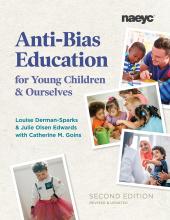Anti-Bias Education for Young Children and Ourselves, Second Edition
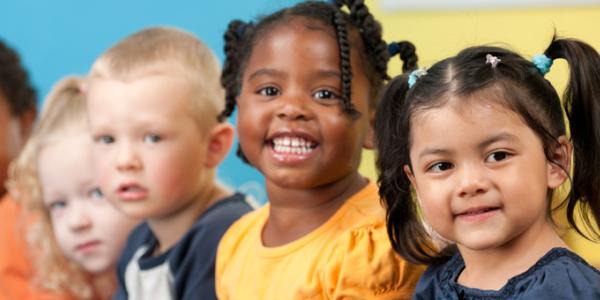
About the Book

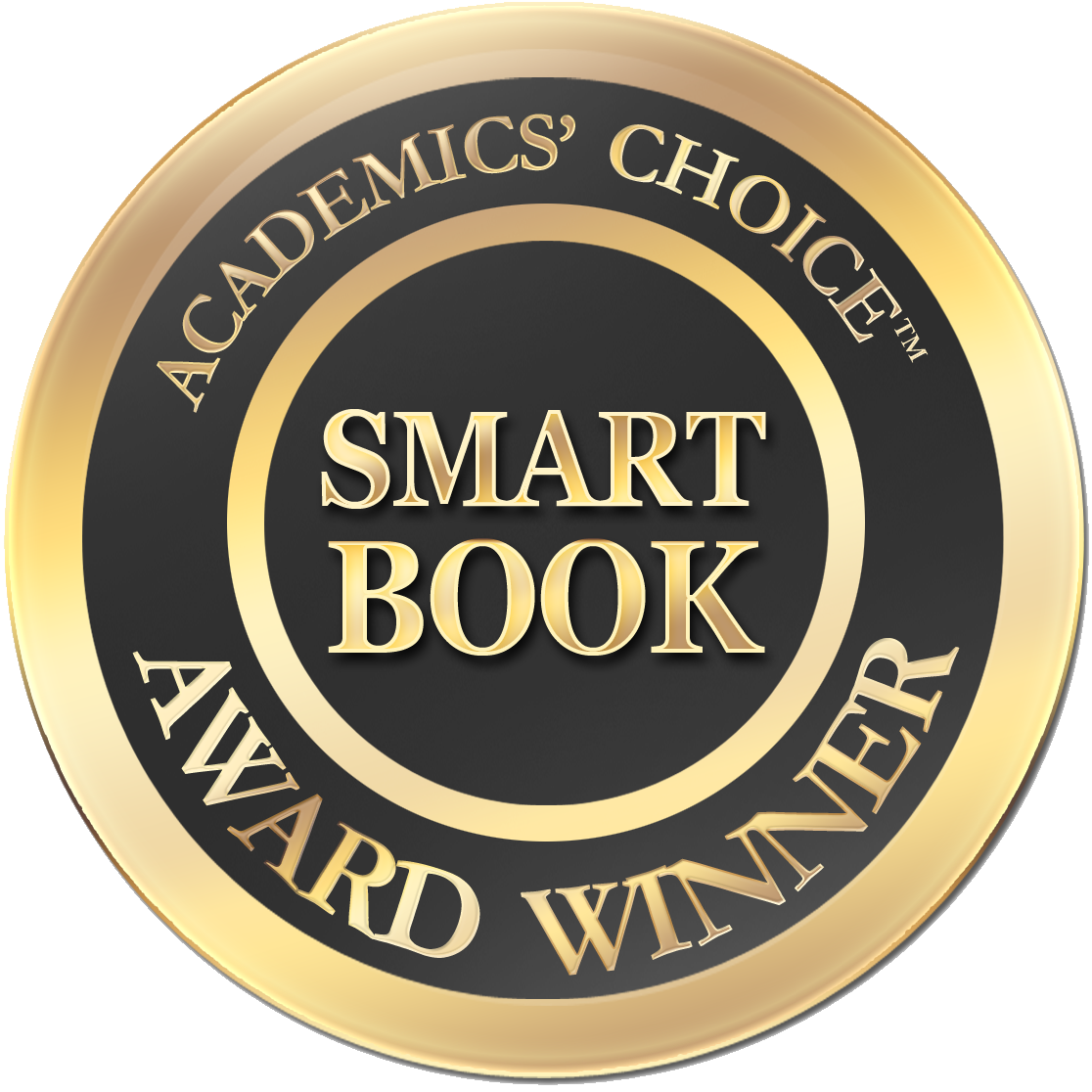
Table of Contents
-
Foreword: Welcome to the Journey
-
Introduction: A Few Words About This Book
-
What Is in This Book
-
The Language of Equity and Diversity
-
It Takes a Village
-
Dedication
-
-
-
What Is Anti‑Bias Education?
-
Why Do We Need Anti‑Bias Education?
-
Isms, Bias, and You
-
Dominant Culture and Cultural Diversity
-
The Four Core Goals of Anti‑Bias Education
-
The Four Anti‑Bias Education Goals Are for Adults Too
-
You Have Already Begun
-
Special Focus. Young Children and Their Families in Crisis: Immigrants and Refugees
-
-
Chapter 2: Constructing and Understanding Social Identities and Attitudes: The Lifelong Journey
-
Personal and Social Identity
-
You Bring to Teaching Who You Are
-
Culture, Ethnicity, and Nationality: What Are the Differences?
-
-
Chapter 3: Building an Anti‑Bias Education Program: Curriculum Principles and the Learning Environment
-
Guidelines for Your Curriculum
-
Holidays in a Diverse World: Applying Anti‑Bias Thinking to Curriculum
-
Guidelines for Materials
-
-
Chapter 4: Building an Anti‑Bias Education Program: Clarifying and Brave Conversations with Children
-
The Hurtful Power of Silence
-
Holding Conversations with Children About Anti‑Bias Issues
-
Brave Conversations When Bias Undermines Children’s Development
-
Brave Conversations When Community and World Issues Affect Children
-
-
Chapter 5: Building an Anti‑Bias Education Program: Relationships with Families and Among Teachers and Staff
-
Building Anti‑Bias Relationships with Families
-
When Some Families or Staff Disagree with Anti‑Bias Activities
-
Building Collaborative, Anti‑Bias Relationships with Colleagues
-
-
-
Anti‑Bias Education in Action: Every Child’s Family Culture Matters
-
The Big Picture: Culture Is Who We Are
-
Young Children Begin to Construct Their Cultural Identity
-
Curriculum Guidelines for Nurturing Children’s Cultural Identities
-
-
Chapter 7: Learning About Cultural Diversity and Fairness: Exploring Differences and Similarities
-
Anti‑Bias Education in Action: Everyone Gets Scrubbed!
-
The Big Picture: We Are All Cultural Beings
-
Strategies and Activities About Cultural Diversity and Fairness
-
Including Holiday Activities as Cultural Events
-
Special Focus. Religious Literacy and Cultural Diversity
-
-
Chapter 8: Learning About Racialized Identities and Fairness
-
Anti‑Bias Education in Action: Preparing to Address Racialized Identity
-
The Big Picture: Racism, Race, and Racialized Identity
-
Development of Children’s Ideas and Attitudes About Racialized Identities
-
Strategies and Activities About Racialized Identities and Fairness
-
-
-
Anti‑Bias Education in Action: Gender Role Expectations Start Young
-
The Big Picture: From a Binary to a Multifaceted Understanding of Gender
-
Development of Children’s Ideas and Attitudes About Gender
-
Strategies and Activities About Gender and Fairness
-
-
Chapter 10: Learning About Economic Class and Fairness
-
Anti‑Bias Education in Action: Food Is for Eating!
-
The Big Picture: Economic Class Is Real
-
Young Children Construct Ideas and Attitudes About Economic Class
-
Strategies and Activities About Economic Class and Fairness
-
Classism in the Early Childhood Profession
-
-
Chapter 11: Learning About Different Abilities and Fairness
-
Anti‑Bias Education in Action: When the Teacher Behaves Differently with Different Children
-
The Big Picture: Attitudes and Options for Children with Disabilities, Historically and Today
-
Young Children Construct Ideas and Attitudes About Different Abilities and Disabilities
-
Guidelines for an Inclusive Anti‑Bias Program
-
Strategies and Activities About Disabilities and Fairness
-
-
Chapter 12: Learning About Who Makes Up a Family and Fairness
-
Anti‑Bias Education in Action: Who Takes Care of You at Home?
-
The Big Picture: Family Inclusiveness
-
The Many Kinds of Families in Early Childhood Programs
-
Children’s Understandings of Family Structures
-
Strategies and Activities About Family Structure and Fairness
-
-
Carry It On: A Letter to Our Readers
-
Checklist for Assessing the Visual Material Environment
-
Glossary
-
References
-
About the Authors
Instructor’s Guide
For use in courses and trainings with preservice and in-service teachers, this guide provides chapter-by-chapter support for teaching Anti-Bias Education for Young Children and Ourselves—and support for exploring your own anti-bias journey! To access the instructor’s guide, please complete this form. You’ll be able to download the resources after you complete the form.
Book Details
ISBN: 978-1-938113-57-4
Publish Date: 2020
Related Resources
Blog
Online Articles
Suggested Children’s Books
Louise Derman-Sparks, MA, has worked with children and adults in early childhood education for more than 50 years and is a faculty emerita of Pacific Oaks College. She is coauthor of several books, including Leading Anti-Bias Early Childhood Programs: A Guide for Change, Anti-Bias Education for Young Children and Ourselves, and Teaching/Learning Anti-Racism: A Developmental Approach.

Julie Olsen Edwards, coauthor of Anti-Bias Education for Young Children and Ourselves, was on the faculty of Cabrillo College’s early childhood education department for 45 years. A lifetime activist for children and families, she continues to write, teach, and consult on issues of equity, diversity, and anti-bias.
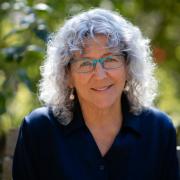
Catherine M. Goins is assistant superintendent of Early Childhood Education for the Placer County Office of Education and adjunct faculty member at Sierra Joint Community College. She has more than 30 years of experience administering private, nonprofit, and publicly funded early education programs and speaking, coaching, and training on diversity, anti-bias education, and equity issues. Catherine currently consults as a senior policy advisor for the First 5 California Children and Families Commission.
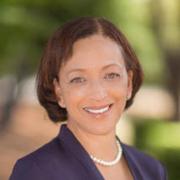
Reviews
I welcome this new edition of Anti-Bias Education for Young Children and Ourselves because we are still learning exactly how to support all children and families. This book is a master class on our professional responsibilities to lead issues of identity, diversity, justice, and activism.
—Valora Washington, CEO, Council for Professional Recognition
Every early childhood educator needs to read this book. And we probably need to re-read it every year. Let’s talk about it with our colleagues. Let’s put it into practice. It is our professional responsibility to internalize the content and bring it to life every single day.
—Megan Pamela Ruth Madison, Trainer, Center for Racial Justice in Education & New York Early Childhood Professional Development Institute
This book urges us to examine how we’re creating equitable and anti-bias educational experiences for young children. From cover to cover, it features voices from the field, real classroom scenarios, and resources that propel us towards action!
—Tonia Durden, Clinical Associate Professor, Georgia State University
As a teacher who has used the anti-bias goals and principles to guide my thinking for decades, I was thrilled to learn that the authors would be revising the book. Not only is this new book a resource for educators who are just beginning their journey into this lifelong work, it offers new insights and challenges for those of us who have been doing anti-bias work for years and need to be current in our thinking and actions.
The authors’ deep and genuine humility is evident as they provide a framework for seeing and taking a stand against bias in ourselves and the children in our care. The permission to make mistakes and suggestions for how to make reparations is inspiring.
On a more personal note, I am struck by the well-thought-out chapter on gender. Throughout the book and particularly in this chapter, the authors have updated not only the text but also their thinking. By doing so, they offer all of us an example of the flexible, open mindset needed to effectively do anti-bias work.
—Brian Silveira, Lead Teacher, Pacific Primary School
The pioneers of anti-bias education are back at it with this new edition, exemplifying the ongoing nature of the work through their evolving understanding and nuanced decoding of how social identities form in early childhood. Their work leads the way to a brighter, more just, and joyful future or all children—if we are smart enough to listen and enact the wisdom in this book.
Louise and Julie thoughtfully and lovingly guide us to look through the lens in which everything in early childhood education should be viewed, push us to examine ourselves, encourage us to stop and reflect, and empower us to support children to have a positive sense of self while navigating an inequitable world. Never has this work been more important.
—Anna Forgerson Hindley, Director of Early Childhood Education, Smithsonian National Museum of African American History and Culture
Our future depends not on heroic leaders but on a generation of young people with the skills and commitment to recognize and challenge injustices. Anti-Bias Education teaches us how to get there with practical examples, research, analysis, and structured opportunities for teachers and caregivers to stop and think.
—Deborah Menkart, Executive Director, Teaching for Change
At the beginning of this second edition, the authors ask us directly: Why does anti-bias education matter? Because, more than ever, this work responds to the needs of our times by challenging our thinking and practices. The authors reaffirms that anti-bias work is not a passing trend, for it continues to evolve, inspire, and expand our work with children and families as well as with each other. The force of anti-bias education is a light of hope for a vision of fairness and human equity.
—Luis A. Hernandez, Early Childhood Education Specialist, TTAS/Western Kentucky University
Educators of young children have the opportunity to create a world where each child is valued as a unique human being. This book provides specific ways to achieve this goal, which is essential to our survival in challenging times.
—Ruby Takanishi, Senior Research Fellow, New America
Anti-Bias Education for Young Children and Ourselves does a superb job highlighting the contextual shift in education by consciously acknowledging and respecting every facet of identity. As you delve deeper into the book, you are challenged to become unsilenced by the same concepts that have been silent throughout the history of education. The significance of the book lies in its ability to seep relevant information beyond the walls of a classroom.
—Garnett Booker, Pre-K Teacher, Eagle Academy Public Charter School
The practice of focusing on inclusive and equitable anti-biased learning opportunities helps move the field of early childhood education forward. This book lays a foundation for why anti-bias education matters for all children and their families. Throughout, it centers on children’s learning, providing examples that help all of us see the child in visionary equitable early learning environments that can be built by us, together!
—Tarajean Yazzie-Mintz, First Light Education Project, LLC
